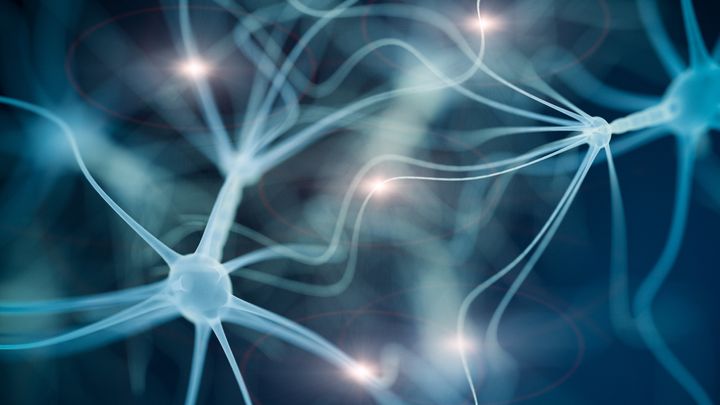Scientists have discovered a new connection in the brain that could be potentially “life changing” for people living with the disabling cognitive effects of Parkinson’s disease.
The new study found that the neurological condition, which affects approximately 127,000 people in the UK, could be interrupted by sending a low frequency wave into a deep region of the brain.
This improved the visible symptoms for those involved in the trial and hints at broader potential to use this technique to treat other cognitive diseases.

The team from the University of Iowa worked alongside neurosurgeon Jeremy Greenlee who impants electrodes into the subthalamic nucleus cortex (STN) of the brain - a deep region involved in controlling movement.
Although not very common, Greenlee has a “long history of expertise” conducting this type of surgery, and completes about 30 such operations every year.
Because patients are awake during this procedure (and perform a simple cognitive task as a way of stimulating one part of the brain) it meant that the team could create a map of connections in the brain.
These rare intraoperative brain recordings subsequently provided the first direct evidence of a connection in the human brain between the thinking region of the brain (the frontal cortex) and the STN.
Nandakumar Narayanan, who worked on the study, said: “It’s not very often that you identify a new connection in the human brain.
“The existence of this hyperdirect pathway from the prefrontal cortex to the STN has been bandied about for around a decade, but this is the first time we’ve experimentally shown that it exists and functions in people.”
They were then able to stimulate the STN region and were able to show that by doing so, they changed the frontal cortical activity.
“And if we stimulate the STN and change cortical activity, we can actually change behavior in a beneficial way, improving the patient’s’ cognitive performance,” said Narayanan.
“It is exciting to potentially have a way to improve cognition that could be life changing for patients,” Greenlee said.
Deep brain stimulation of the STN at high frequencies is already approved to treat movement problems in some patients with Parkinson’s but this new low frequency technique could do more for the impairment of patient’s thinking rather than movement.